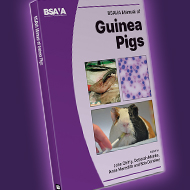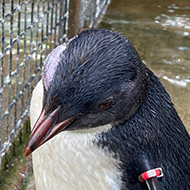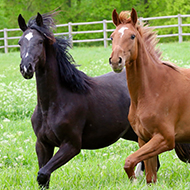Government report reveals list of ten priority species.
Raccoons and muntjac deer are among the invasive species which could pose a serious threat to nature in Scotland over the next decade, according to a new report.
The independent study for the Scottish government, led by the UK Centre for Ecology & Hydrology (UKCEH) and NatureScot, lists 10 invasive non-native species which need to be prioritised. The report will inform national and local strategies in Scotland.
Ranging from mammals to plants, the 10 species have a high risk of becoming established and would be likely to have a major impact on biodiversity and ecosystems.
Reeve’s muntjac, one of the two mammals on the list, is seen as a potential danger if it spreads its range in the UK. The species of deer has already colonised parts of England and Wales and can cause serious damage to woodland.
The study also suggests that there is a high risk of raccoons becoming established. There are already wild populations of the North American omnivore in Germany and France. It is feared racoons would spread diseases which could harm humans and other animals, including rabies, as well as impact farm production by damaging crops and killing poultry.
The list also includes freshwater species (Asian clam, quagga mussel, zebra mussell), the slipper limpet, flatworms, and three plant species (pheasant’s-tail grass, floating pennywort and parrot’s feather).
More than 1,000 non-native species are already established in Scotland, including grey squirrels, mink, and Japanese knotweed.
Stan Whitaker, a non-native species specialist at NatureScot, said: “Invasive non-native species are a serious threat to Scotland’s nature, damaging our environment, the economy and our health, and costing Scotland at least £499 million a year.
“The threat is increasing with the growth in international trade and travel. But we can all do something to help prevent these species from spreading by being plant wise and composting invasive pond plants, like floating pennywort and parrot's feather in our gardens, with care – or by reporting sightings of mammals like muntjac deer.”
The full report can be read on the Scottish government’s website.
Image (C) Shutterstock






 The Federation of Independent Veterinary Practices (FIVP) has announced a third season of its podcast, Practice Matters.
The Federation of Independent Veterinary Practices (FIVP) has announced a third season of its podcast, Practice Matters.
